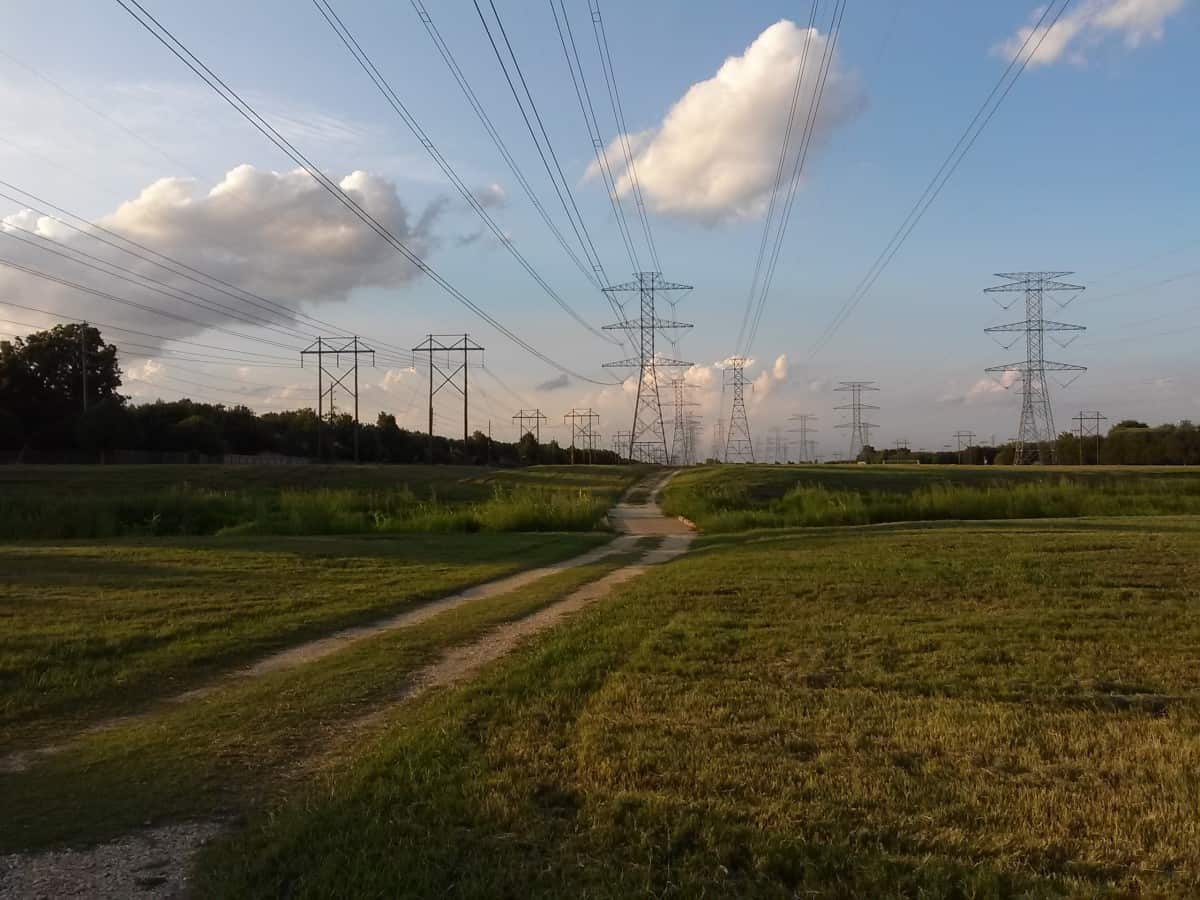Chinese authorities have indicated that reform and consolidation of the country’s rural credit societies will continue to adopt a diversified model that permits different provinces to devise their own solution plans.
On 14 April reform of the Chinese rural credit sector took a major step forward, with the China Banking and Insurance Regulatory Commission (CBIRC) announcing that it had given its approval for Zhejiang Rural Commercial United Bank (浙江农商联合银行) to commence operation.
Zhejiang Rural Commercial has registered capital of 5.0252 billion yuan, and was established on the basis of reform of Zhejiang Rural Credit Society (省农村信用社联合社).
The move comes after the Chinese central government announced in February 2022 that it would accelerate the reform of rural credit societies and improve their governance mechanisms, in a bid to “steadily dissipate risk.”
In March the People’s Bank of China (PBOC) issued the “Opinions on Effectively Performing Key Work for Finance Supporting the Comprehensive Driving of Revitalisation of Rural Villages in 2022” (关于做好2022年金融支持全面推进乡村振兴重点工作的意见), which stressed the need for “appropriately advancing the reform and de-risking of rural credit societies.”
Guo Shuqing (郭树清), CBIRC chair, has stressed the authority’s commitment to applying the principle of “a strategy for each province” to the reform of the rural credit sector, and permitting provincial governments to devise their own diversified solutions.
“Each of the provinces has its own plan, and we are currently providing guidance, amendment and improvements,” said Guo to state-owned media.
“The specific organisational forms can vary – some may employ bottom to top shareholding, as is the case with Zhejiang’s Rural Commercial Union Bank.
“In some places there are two-tier structures, with the provincial union society being a legal person entity, and the county-level union society separate.
“In some place there are three-tier structures, while in one province we have seen the establishment of several rural commercial banks with multiple permits.”
Guo stressed the need for strong party leadership throughout the reform process.
“The forms may be varied, but the common point they all have in common is that we require the local party committee and government to strengthen regulation…we must strengthen the leadership of the party.”
Chinese finance expert Dong Ximiao (董希淼) has highlighted the advantages of reforming and consolidating rural credit societies into commercial banks.
“The establishment of unified rural credit commercial banks will help in the centralisation and allocation of resources, increase concentration and execution of operation and management, the creation of brands and the formation of scale advantages,” said Dong.
In July last year the Guangdong province government announced plans to reform rural credit societies in the province using the “foundation of the establishment of rural commercial banks.”
The Guangdong government said that it would “improve legal person governance structures, and support the expansion of the operating sovereignty of qualified rural commercial banks.”




